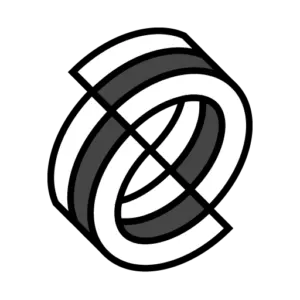In brief
- Token standards are a set of predefined rules that control what a token can and can’t do.
- Each of Tron’s token standards has its own qualities and enables a different type of crypto token development.
TRX is Tron’s native cryptocurrency, but Tron also has three custom token standards that developers can use to create and issue their own fungible and non-fungible tokens on the Tron blockchain.
In this part of the course, you’ll learn about the TRC-10, TRC-20 and TRC-721 token standards, what they’re used for and how they work.
What is a token standard?
A token standard is an agreed-upon interface and set of rules that a smart contract is required to follow, to be compatible with a blockchain and the wallets, decentralized applications (dapps) and other components built atop it.
The Tron blockchain has three token standards, TRC-10, TRC-20, and TRC-721.
What is TRC-10?
TRC-10 was the first token standard released on the Tron mainnet in 2018.
TRC-10 tokens often function as a payment method in dapps and to build blockchain products because they’re relatively cheap and easy to create.
They can be generated through an application programming interface (API) or smart contract and don’t rely on support from the Tron Virtual Machine (as do TRC-20 tokens, see below), which means issuers can make a TRC-10 token without having to know a programming language.
Any account in the Tron network can create a TRC-10 token by paying 1,024 TRX. After that, they’re typically free to use, other than the bandwidth it consumes to transfer them.
Users have to specify certain information before issuing a TRC-10 token, including the token’s name, market capitalization, the exchange rate to TRX, circulation duration, how many bandwidth points it uses, and the token stake.
What is TRC-20?
TRC-20 is Tron’s standard for integrating native Tron tokens in smart contracts on the Tron blockchain.
TRC-20 tokens are issued using the Tron Virtual Machine, which is the operating system for Tron smart contracts. TRC-20 is fully compatible with ERC-20, the standard for creating fungible tokens using the Ethereum blockchain.
Like TRC-10 tokens, TRC-20 tokens are fungible, meaning users can exchange them for other tokens of the same type.
In some ways, TRC-20 could be seen as an enhanced or improved version of TRC-10, because developers can implement more complex logic into their smart contracts.
But issuers should be aware of the costs. The translation fees for TRC-10 tokens are 1,000 times lower than TRC-20, according to Tron’s whitepaper.
Did you know?
BTT, the official token of the BitTorrent chain, was launched as a TRC-10 token in 2019. In 2022, BTT was redenominated to a TRC-20 token.
What is TRC-721?
TRC-721 is a set of standards for issuing non-fungible tokens (NFTs) on Tron’s network.
A non-fungible token is a cryptographically unique token; unlike fungible tokens, they contain unique identifying information and users cannot swap them for another identical asset.
The TRC-721 standard was introduced in late 2020 and is compatible with ERC-721, the Ethereum NFT standard.
Developers can use TRC-721 to tokenize any tangible real-world asset, including art, music, apparel, or real estate, or to create NFTs that represent unique digital assets, like sports highlights, GIFs, or in-game avatars.
Every TRC-721 token has its address stored on the blockchain, which signifies ownership to whoever’s holding it.
Sponsored post by Tron
Learn More about partnering with Decrypt.


